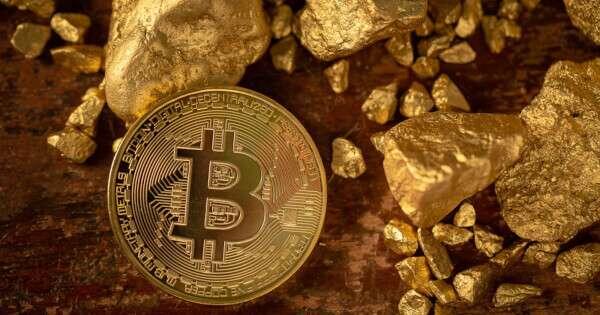-
 @ K.valor01
2025-05-23 17:45:46
@ K.valor01
2025-05-23 17:45:46The evolution of money has been a long journey, transforming from primitive bartering systems to sophisticated digital currencies. Here's a breakdown of the major stages:
- Barter System (circa 6000 BCE).
In the early days, people exchanged goods and services without using money. This system had limitations, as it required a double coincidence of wants, where both parties had to want what the other offered. Bartering was used in ancient Mesopotamia, and it's still used today in some parts of the world.
- Commodity Money (3000 BCE - 500 BCE).
As societies grew, commodity money emerged as a medium of exchange. Items like salt, cattle, grains, and shells were widely accepted due to their intrinsic value. These commodities were used to buy goods and services, but they had limitations due to their bulk and perishable nature.
- Metal Coins (600 BCE)
The introduction of metal coins revolutionized trade. Coins were made from precious metals like gold, silver, and copper, and were stamped with symbols or images to guarantee their authenticity. The first coins were minted in ancient Lydia (modern-day Turkey) and quickly spread to other civilizations.
- Paper Money (11th century CE)
Paper money was first introduced in China during the Song Dynasty. Initially, it was used as a convenient alternative to heavy metal coins. Over time, paper money evolved into fiat money, where its value was determined by government decree rather than a physical commodity.
- Banking and Fiat Money (17th century CE).
The development of banking systems allowed for the issuance of banknotes and the facilitation of financial transactions. Fiat money emerged as a dominant form of currency, where its value was determined by government decree and public trust.
- Digital Currencies (20th century CE).
The rise of digital technologies led to the emergence of digital currencies like cryptocurrencies (e.g., Bitcoin) and online payment systems. These digital currencies operate independently of central banks and offer a new way to conduct transactions.
Key Milestones:
- First coins: Ancient Lydia (modern-day Turkey), 600 BCE
- First paper money: China, 11th century CE.
- Gold standard: England, 1816.
- Fiat money: Global adoption, 20th century CE.
- Digital currencies: Emerged in the late 20th century CE, with Bitcoin launching in 2009.
The evolution of money reflects human innovation and the need for efficient and convenient ways to conduct transactions. From bartering to digital currencies, money has come a long way, shaping economies and societies along the way.